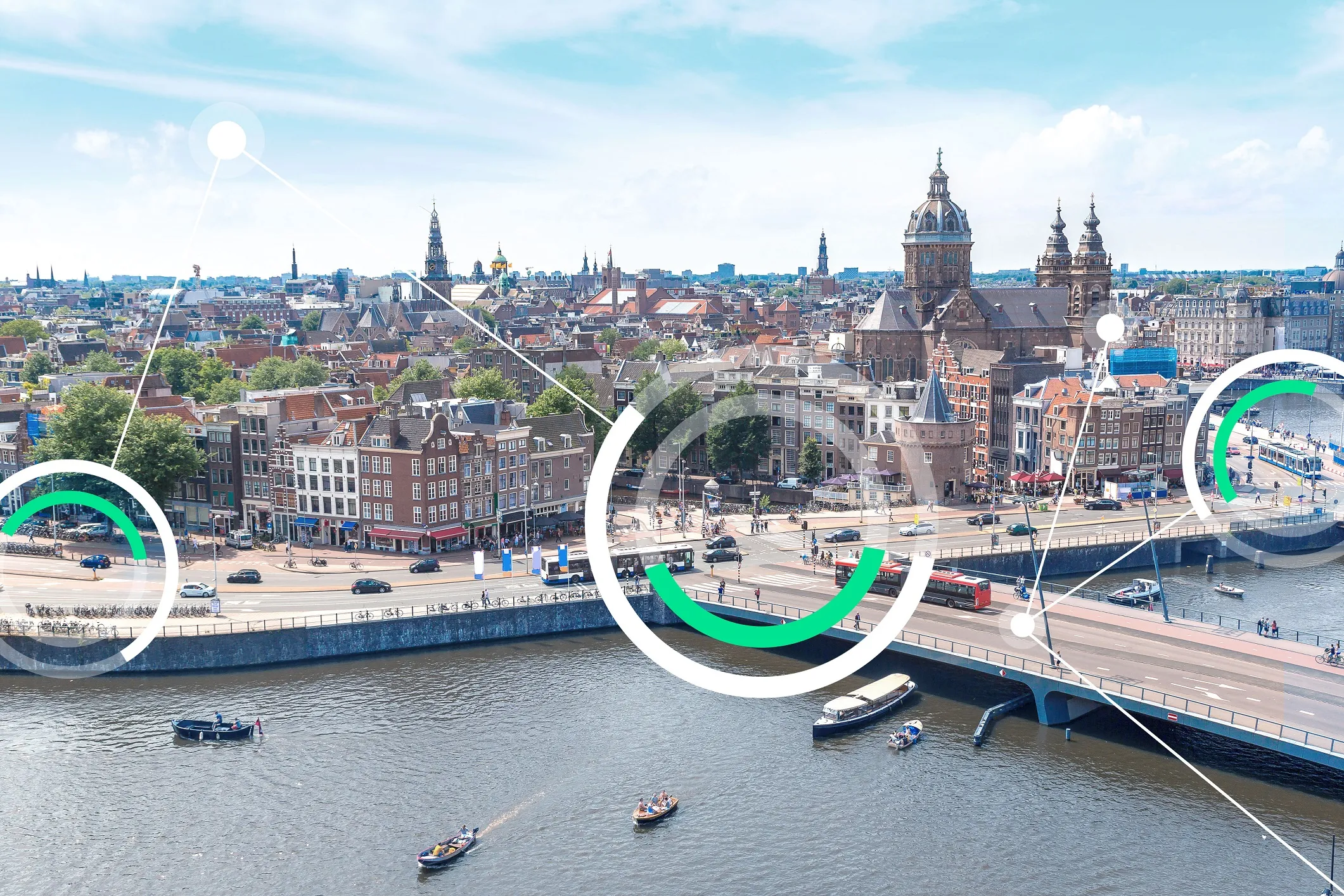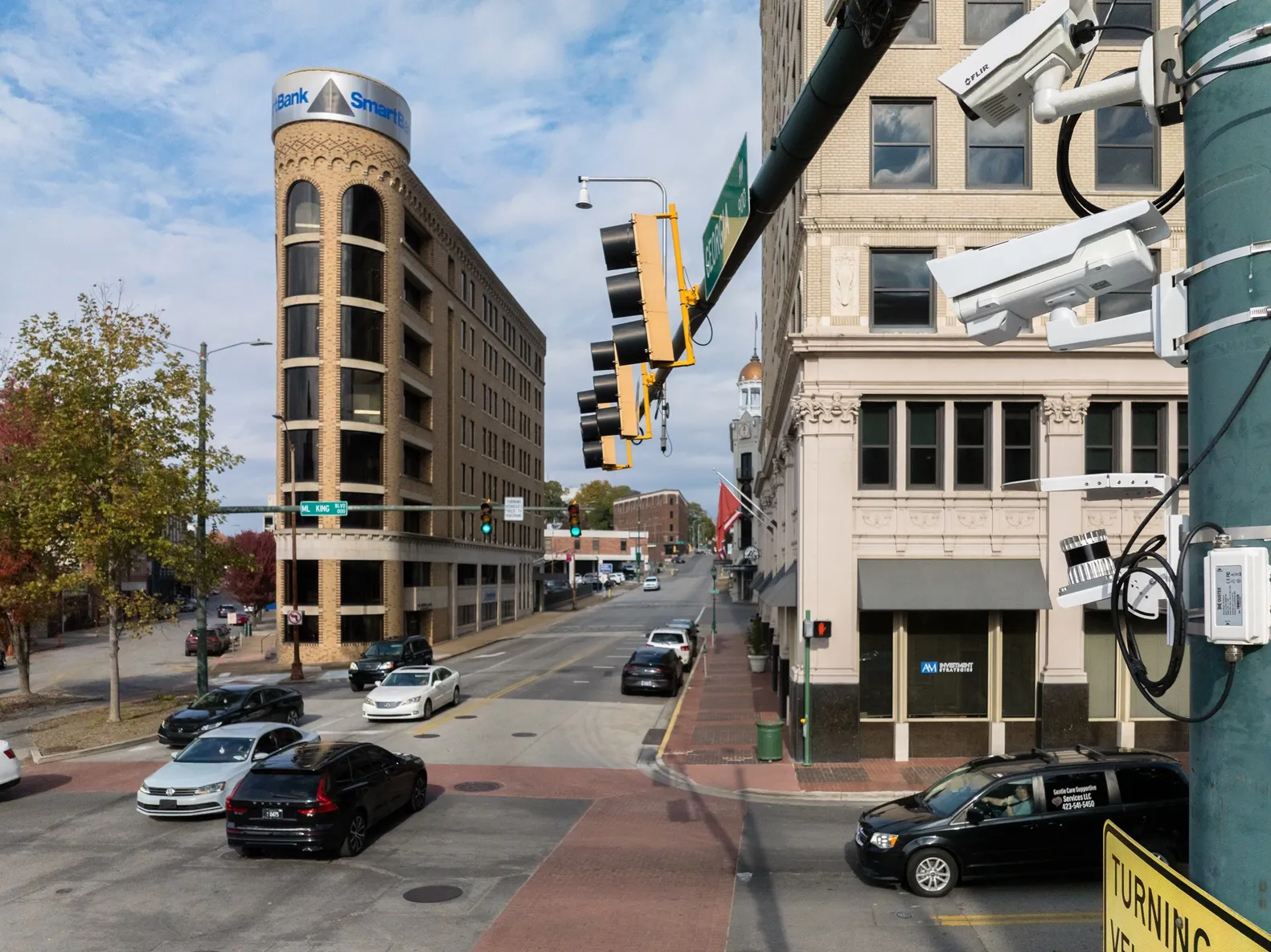
Vitronic is now a partner in Germany’s research project Mad Urban - Managed Automated Driving - which is led by the German Aerospace Center (DLR).
Mad is set up in the Tostmannplatz area of the city of Braunschweig (Brunswick) in the north-west state of Lower Saxony and will run until the end of September. It is branded as the world’s first research project for the 'Holistic remote control of vehicles using intelligent infrastructure'.
The aim is to demonstrate the feasibility of infrastructure-supported automated driving in urban areas. But instead of integrating automation functions in the vehicle, these are outsourced to the infrastructure, to edge and cloud systems.
By continuously detecting all objects - on the road or in intersections - using infrastructure-based sensors, automated vehicles can be remotely controlled by appropriately-equipped operating areas. This not only increases the economic efficiency of autonomous driving, but the safety of all road users, as critical traffic situations can be detected at an early stage.
At the beginning of April, Vitronic and DLR jointly installed two sensor columns at Tostmannplatz to analyze traffic. The focus is on high-performance detection systems based on a stereo camera, radar and Lidar technology. These systems use AI to detect and classify road users and obstacles in real time with high precision. This enables a comprehensive traffic image which is the basis for safe, connected driving. Personal data is not recorded or stored.
The recorded sensor data flows into a central data hub, where it is processed in real time. By continuously recording all objects in the intersection area, automated vehicles will be guided safely across the intersection during the test phase at Tostmannplatz.
"Stationary sensor technology significantly increases road safety: it detects areas over a large area and from multiple angles - even where vehicle-integrated systems reach their limit,” said Richard Werner, project manager for promotion and research projects at Vitronic’s Machine Vision Group.
“For example, concealed road users are detected reliably and at an early stage, before they even enter the field of vision or sensor range of a vehicle. This makes it possible to anticipate and avoid potential hazards”.
Vitronic also noted that the Mad Urban research project is the first showing of the company’s new generation of columns with stereo optical sensor technology, which will be officially launched by the end of the year or early 2026. The robust, weatherproof and urban space-friendly housing can be used flexibly thanks to its modular construction. The choice of materials, production and energy consumption have all been sustainably optimised - in line with the principles of green engineering.
Other partners include GFT, a digital technology company; Matrix Vision, since 2017 part of Balluff Group, a German company based near Stuttgart and which focuses on camera-based sensing and machine vision along with images sensing; FZI Research Center for Information Technology, based in Karlsruhe; and Intel.
Last December, the German government published its strategy for autonomous driving that is intended to pave the way for self-driving cars in everyday traffic. The goal is to make Germany one of the world’s leading hubs for innovation and production in the autonomous driving sector.
Volker Wissing, Federal Minister for Digital and Transport, said at the time: “With this strategy, we are creating a suitable innovation-friendly framework – a framework that has to be fleshed out by business and industry. Together we will be able to make autonomous driving an everyday occurrence. We are convinced that the future of mobility lies in autonomous driving.”
Click here to read the strategy in English.
Meanwhile, Vitronic reports that it is also part of the funding and research project IMoGer - Innovative Modular Mobility Made in Germany.
The project, also led by the German Aerospace Center, aims to combine local public transport and courier and parcel logistics in a holistic mobility approach in order to serve the “last mile” - fully automated according to SAE level 4, without safety drivers.
With a total project volume of €39.2 million and a funding volume of €35.2 million, IMoGer is the largest funding project awarded by the federal Ministry for Digital and Transport to date.










